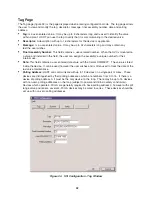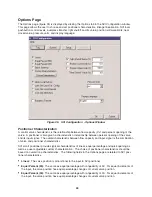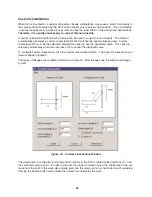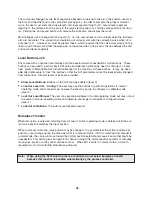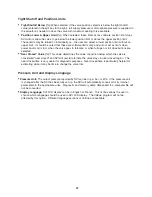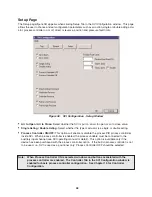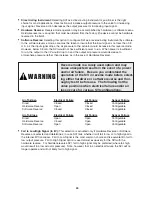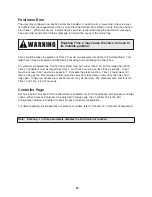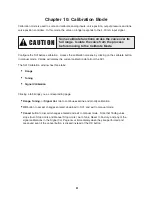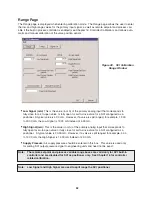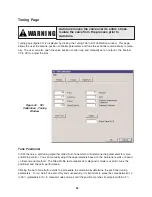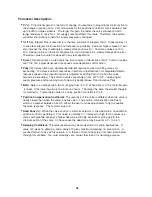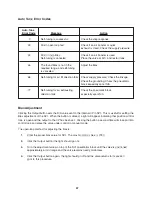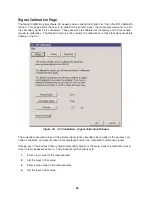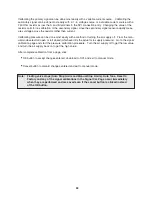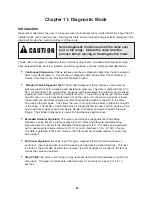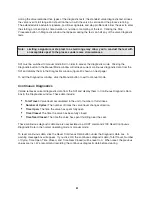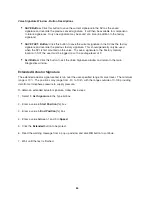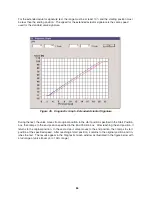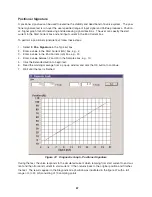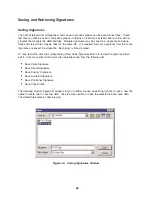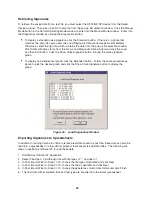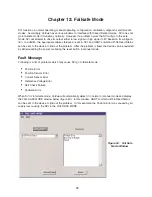
Parameter Descriptions
•
P (%):
Proportional gain P is the ratio of change of output due to proportional control action to
the change in position error. Common values for the positioner are 50 for small actuators and
up to 5000 for large actuators. The larger this gain, the faster the valve will respond with
larger tendency to overshoot. Air supply pressure affects this value. Therefore, the position
controller should be re-tuned if air supply pressure is changed.
•
I (1/10 s):
Integral time or reset time, is the time constant of integral control. Higher values of
I cause less integral control action and increase loop stability. However higher values of I will
also increase the time to eliminate a steady-state position error. Common values are 10 to
400. Special value of 0 turns off integral action and will result in a steady-state position error.
Therefore value 0 should not be used in any real application.
•
D (ms)
: Derivative time or rate time is the time constant of derivative control. Common values
are 10 to 150. Larger derivative time causes more derivative control action.
•
Padj (%)
: Valves often have significantly different responses when air filling verses air
exhausting. To achieve uniform responses in both moving directions or manipulate different
response speeds, the proportional gain is adjusted by adding Padj to P when the valve
actuator is exhausting. The common values are ranging from -P/2 to P/2. Increasing air
supply pressure and re-running Auto Tune will typically reduce P and increase Padj.
•
Beta:
Beta is a nonlinear gain factor, ranging from -8 to 9. When beta is 0, the controller gain
is linear. Otherwise the gain is the function of error. The larger the beta, the smaller the gain
for small error. Typical beta value for a valve position controller is 0 to 8.
•
Position Compensation Coefficient:
The response of the valve is different when the valve is
nearly closed than when the valve is nearly open. The position compensation coefficient,
which is a number between 0 and 9, allows the user to make adjustments to try to equalize
the valve response. The normal value is 6.
•
Dead Zone (%):
When the valve position is within its se/- the dead zone, no additional
position control is performed. This value is normally 0%, however for high friction valves (e.g.
valves with graphite packing) a higher dead zone will help avoid limit cycling due to the
stick/slip action of the valve. In these cases the dead zone may be set at 0.1% to 0.5%.
•
Damping Coefficient:
The valve response may be made slower for some applications. A
value of 0 gives no damping, and a value of 9 gives maximum damping of valve motion. A
successful Auto Tune set this value to 0. A failure of Auto Tune sets error codes listed below
through this variable. You must manually set a value other than 0 for damping purpose.
56

